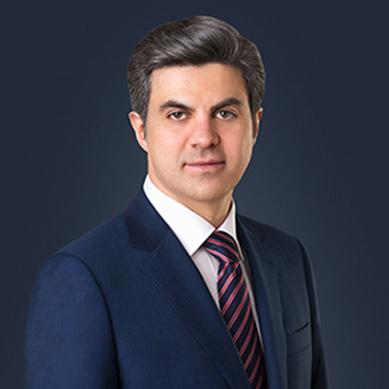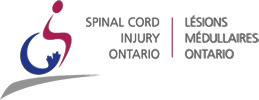Physiotherapy is often prescribed to people who have suffered injuries or become disabled in accidents. It can help them better function in their daily lives, recuperate and regain their strength.
There are 7,500 licensed physiotherapists in Ontario alone, which speaks to the popularity of this type of therapy. Here are the answers to some common questions about physiotherapy.
How do physiotherapists work?
Physiotherapists combine in-depth knowledge of how the body works with specialized hands-on clinical skills to assess, diagnose and treat symptoms of illness, injury or disability.
What is the goal of physiotherapy?
A Physiotherapist’s goal is to restore, maintain and maximize your strength, function, movement and overall well-being. It aims to improve and maintain functional independence and physical performance; prevent and manage pain, physical impairments, disabilities and limits to participation and promote fitness, health and wellness.
By helping your body move and function to its fullest, physiotherapy can improve the quality of your life and make you stronger by improving your flexibility, freedom, mobility, vitality and so much more.
How is physiotherapy effective?
Physiotherapy is effective in treating patients from infants to the elderly, with a variety of conditions including heart and lung disease, trauma and athletic injuries, workplace injuries, arthritis and osteoporosis, stroke and brain injury, spinal cord and nerve injury, amputations, cancer, pre- and postsurgical, diabetes and incontinence.
If you have been injured in an accident and are undergoing treatment, speak to a lawyer immediately. You could be entitled to compensation.







